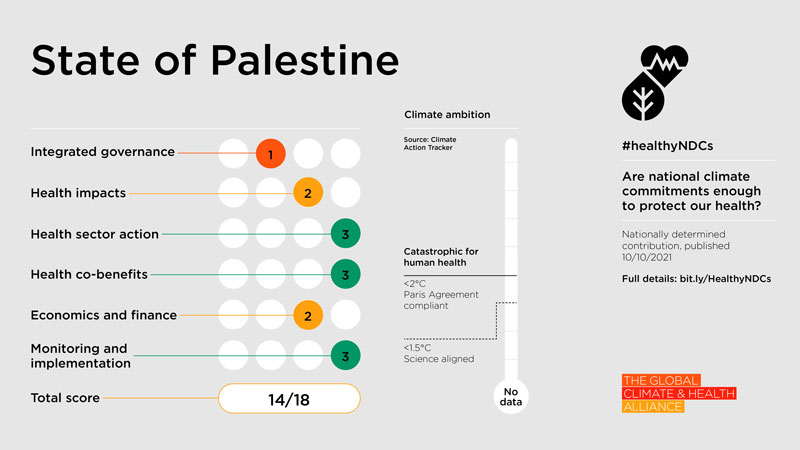Article 0 Comments Here are more articles you may enjoy. Top Photo: Health workers during a patient room tour at the Munigi mpox treatment center in Nyiragongo territory, North Kivu, Democratic Republic of Congo, on Tuesday, Aug. 20, 2024. As disease detectives rush to central Africa to quell a mushrooming mpox contagion, theyre finding a […]

Top Photo: Health workers during a patient room tour at the Munigi mpox treatment center in Nyiragongo territory, North Kivu, Democratic Republic of Congo, on Tuesday, Aug. 20, 2024. As disease detectives rush to central Africa to quell a mushrooming mpox contagion, theyre finding a complex mosaic of infection patterns involving different viral strains and vastly different routes of infection. Photographer: Arlette Bashizi/Bloomberg
Topics
Trends
Warmer temperatures mean some of these vectors are able to survive and reach newer regions. This year is expected to be the hottest on record, with the average global temperature reaching 1.62C above pre-industrial levels in November, according to the European Union-funded Copernicus Climate Change Service.
Thank you! Please tell us what we can do to improve this article.

By late December, the world saw dengue cases jump to a new record of over 13 million, more than double last year’s number as infections nearly tripled in Central and South America, and killed almost 10,000 globally this year. Cases of pertussis, also known as whooping cough, rose almost 10 times the total number of 2023.Many others such as mpox, oropouche fever and poliomyelitis were also on the rise.
Get automatic alerts for this topic.
Read more: Everyone Really Is Sick a Lot More Often in Post-Covid Times
The year also saw unprecedented number of human contracting avian influenza caused by the H5N1 virus in the US, where 61 cases have been reported by late December. Rwanda also reported its first outbreak of Marburg virus, which can cause severe and potentially fatal hemorrhagic fever in people.
Mpox, the typically less contagious and milder cousin of smallpox, has killed hundreds of people this year after a more severe strain appeared in the Democratic Republic of Congo and prompted the World Health Organization to declare it as a global public health emergency for the second time. A declining immunization rates globally post-pandemic led to a comeback of measles which saw a 380% jump in the US and 147% increase in Europe.
Some infectious diseases saw a huge surge in 2024, with the spread attributed in part to climate change, declining vaccination rates and the advent of new pathogen variants.
Besides, falling immunization rates after the Covid-19 pandemic and emergence of new strains of diseases also contributed to the wider spread.
The analysis, which relied on data from 128 sources from 206 countries, found that extreme temperature and changing climate patterns contributed to the surge of diseases, some of which are caused by viruses, bacteria and parasites borne by vectors including mosquitoes and ticks.




 #NBA #Basketball #JalenGree…
#NBA #Basketball #JalenGree…




















 #McLaren #F1 #Gingerbread #CapCu…
#McLaren #F1 #Gingerbread #CapCu…

 #NBA #basketball #NBAXmas #Jalen…
#NBA #basketball #NBAXmas #Jalen…













 #rugby #haka
#rugby #haka












